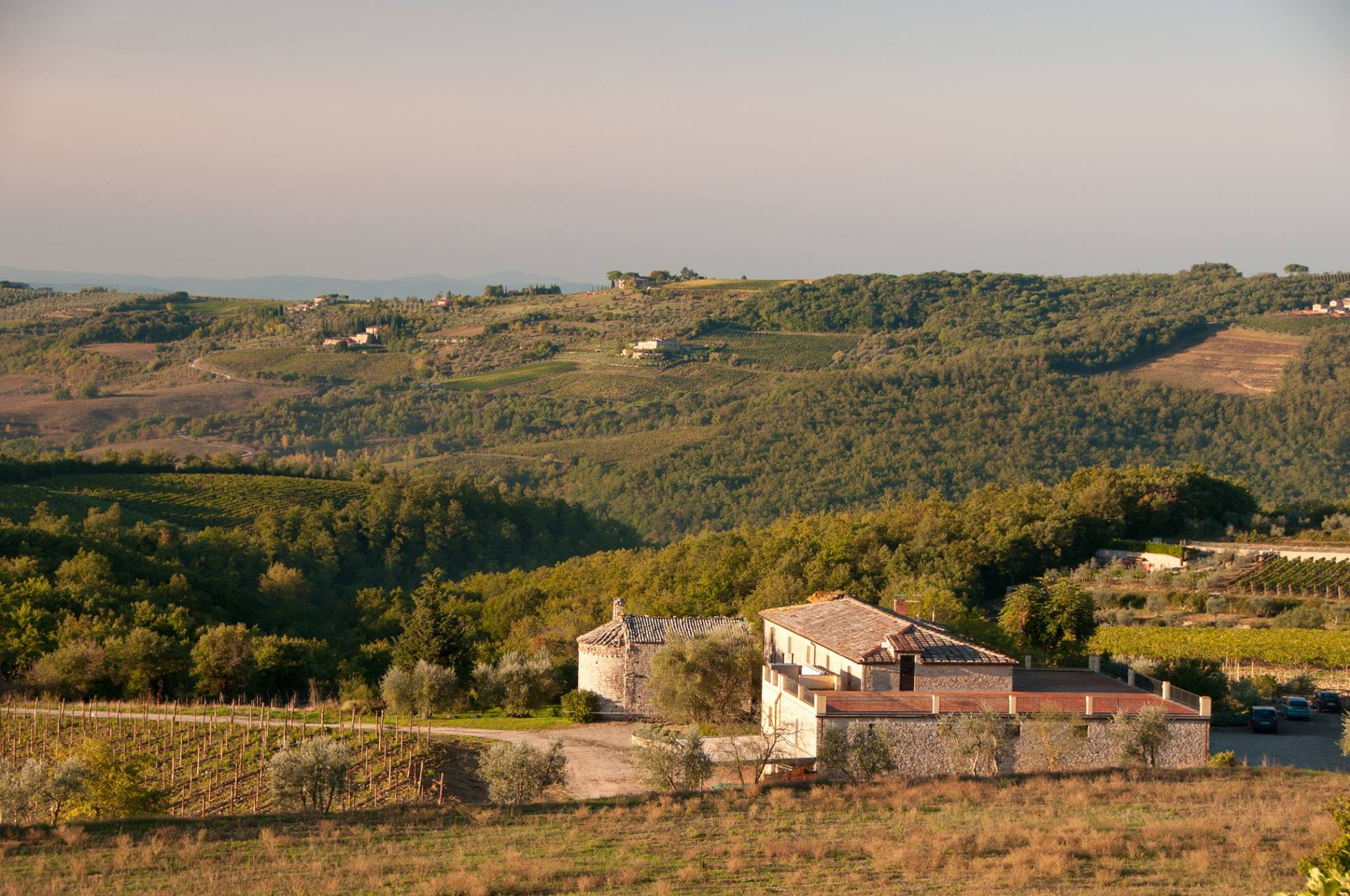Origin and History

Located in the Commune of Gaiole in Chianti, Rocca di Montegrossi was established by Geremia, founder of the Ricasoli-Firidolfi family, during theLongobard period (VII-VIII Centuries AD). It is strategically located, dominating much of Chianti and the Valdarno Superiore, and has had an adventurous, rich, and at time dramatic history.
During the reign of Frederick II, also known as Frederick the Great, the Rocca was the Imperial Seat and it was at the heart of many battles, suffering serious damage many times, for example in 1172 at the hands of the Florentines. It was then rebuilt by the Aragons, and razed by Charles V’s troops in 1530.
The Rocca di Montegrossi Estate:
a young Winery
Rocca di Montegrossi is located near Monti in Chianti, one of the finest sections of Chianti Classico, about 7 km south of Gaiole in Chianti. The cellars are near the Romanesque church of San Marcellino. Rocca di Montegrossi’s owner, Marco Ricasoli-Firidolfi, is descended from a family that played a central role in the history of the Chianti Classico region and laid the foundations for Chianti Classico wine. The estate extends over an area of 100 hectares; 20 are planted to vine, another 20 are olive groves, and the remainder is woodland.
The vineyards, on gentle south and southeast-facing hillsides with calcareous loamy soils, are at elevations between 340 and 510 meters above sea level. The vineyards are planted primarily to the varietals traditionally grown in Chianti Classico, though there is also a small percentage of international varietals. The primary varietal is Sangiovese, with13 hectares, followed by Merlot, with 2.5 hectares, while the remaining 4.5 hectares are planted to Canaiolo, Colorino,Cabernet Sauvignon, Pugnitello, and Malvasia Bianca del Chianti. Planting density ranges from 3.300 vines per hectare in the older vineyards, trainedto the unilateral horizontal cordon spur system, to between 5,208 and 6,211 vines per hectare in the more recent vineyards, which are trained to the bilateral horizontal cordon spur system and guyot. Rocca di Montegrossi’s olive groves are planted around the winery,on gentle, wellexposed slopes, under ideal conditions for the production of high quality oil. The estate boasts about a thousand trees, which are the Coreggiolo and Moraiolo cultivar. The olive groves are planted in the traditional coltura promiscua manner, interspersed with other fruit trees, and in keeping with the traditions of Chianti, are pruned in the polyconic vase system.
All of Rocca di Montegrossi’s olive groves and vineyards have been organically managed since 2006 (certified since 2010) and the estate has also adoptedenvironmentally friendly policies. To meet farming needs, rainwater is gathered in large cisterns, making it possible to avoid using precious drinking water, especially during the summer months, while the machinery used for tasks that are not performed by hand ispowered by either electricity.
For more information please visit https://www.roccadimontegrossi.it/

